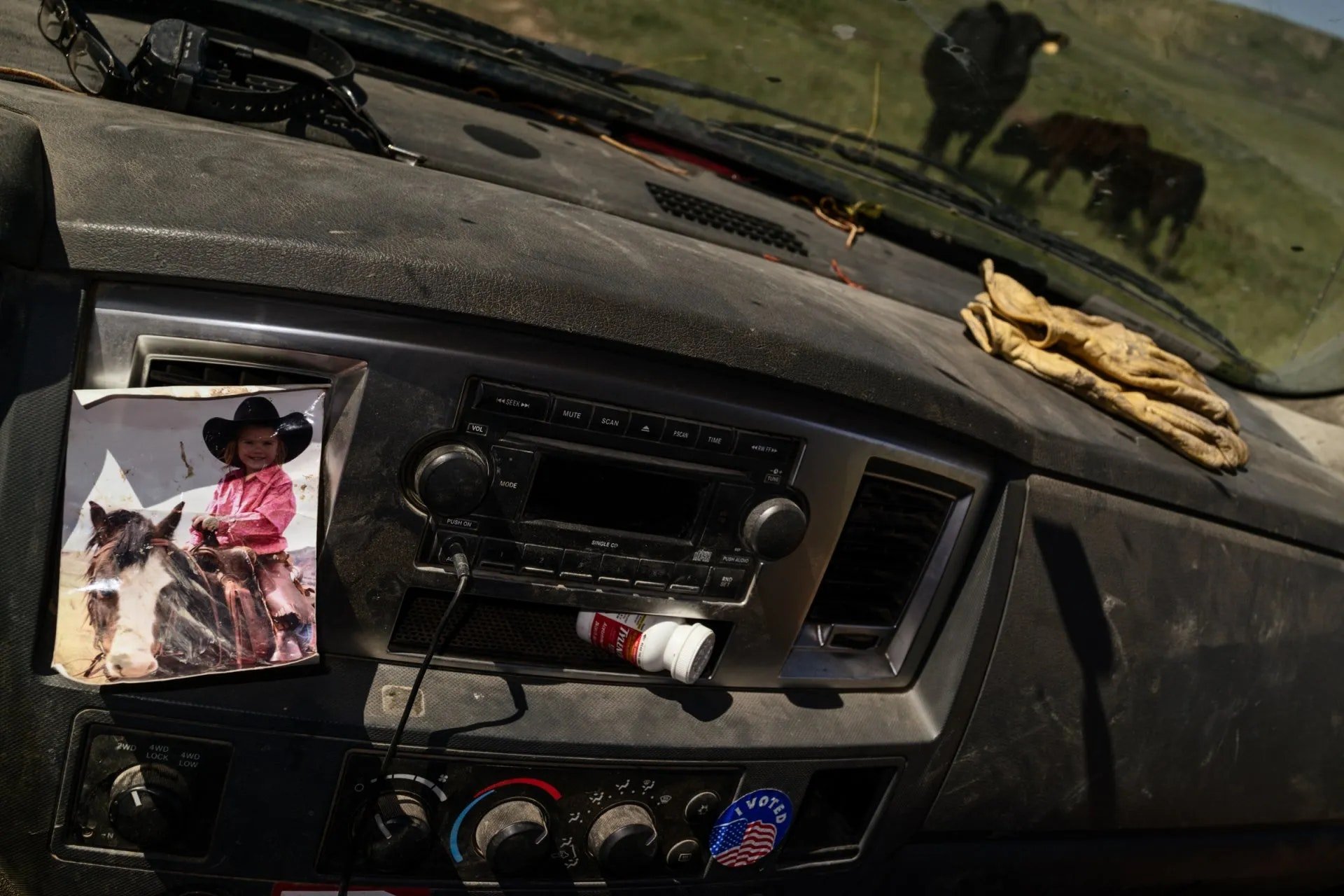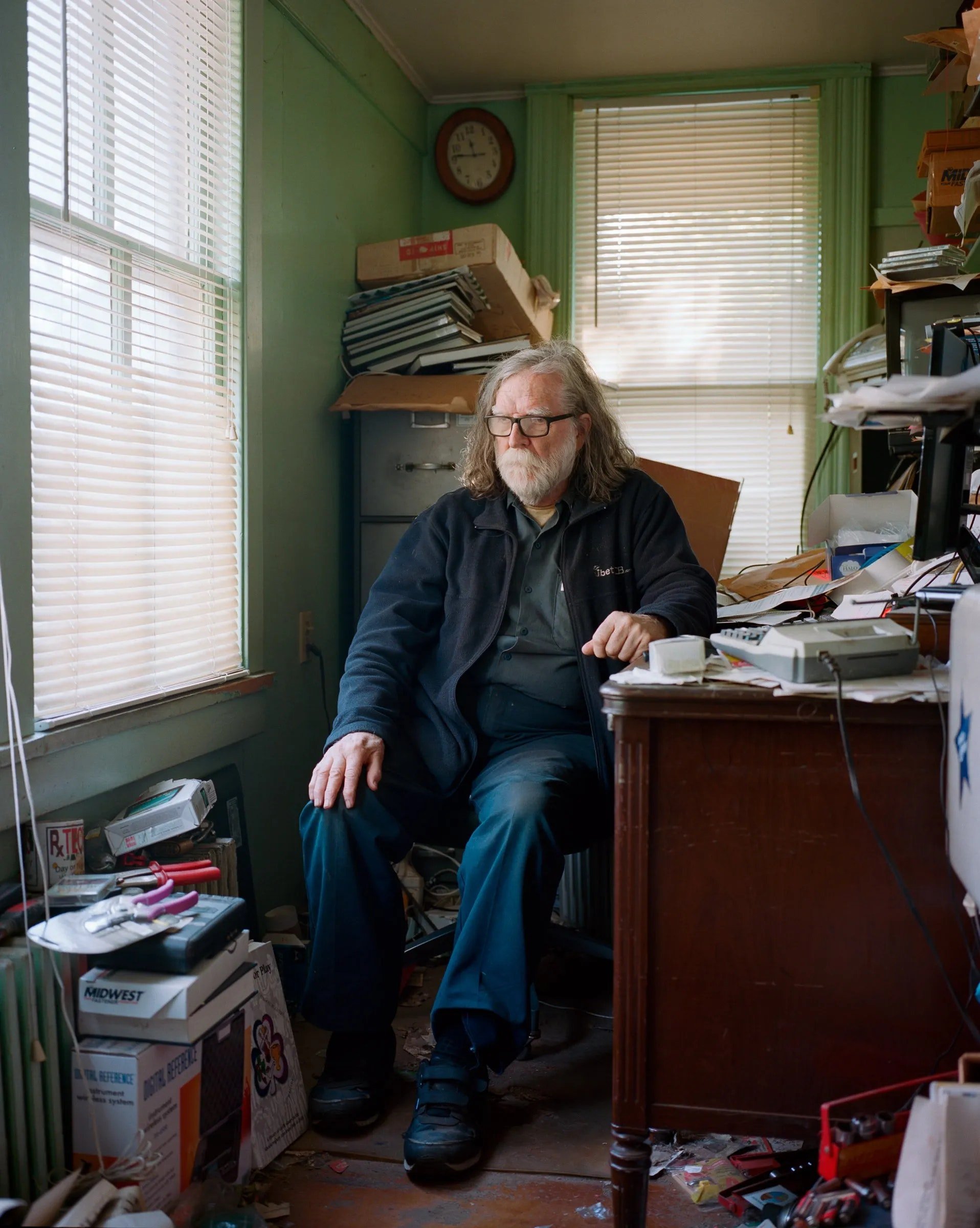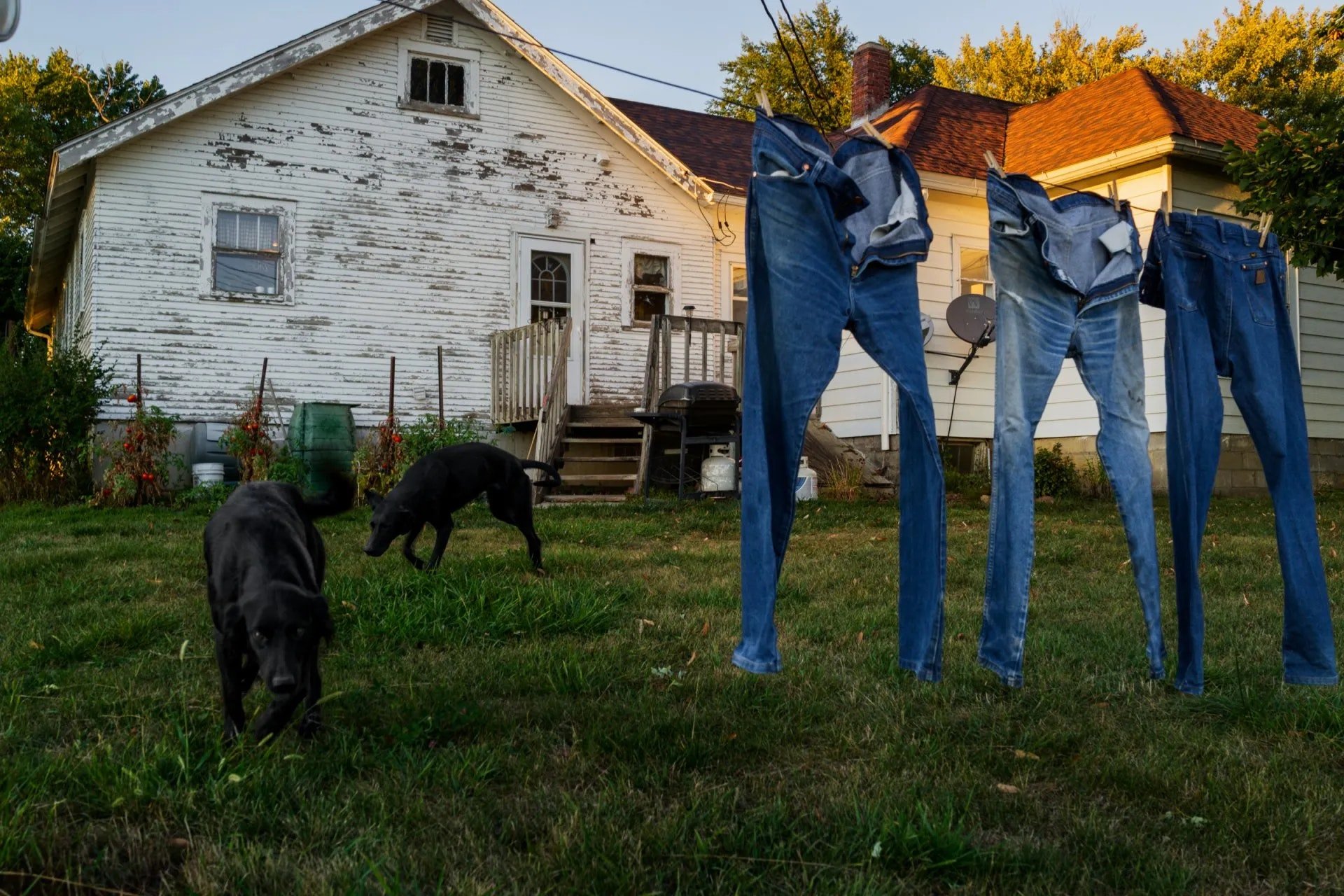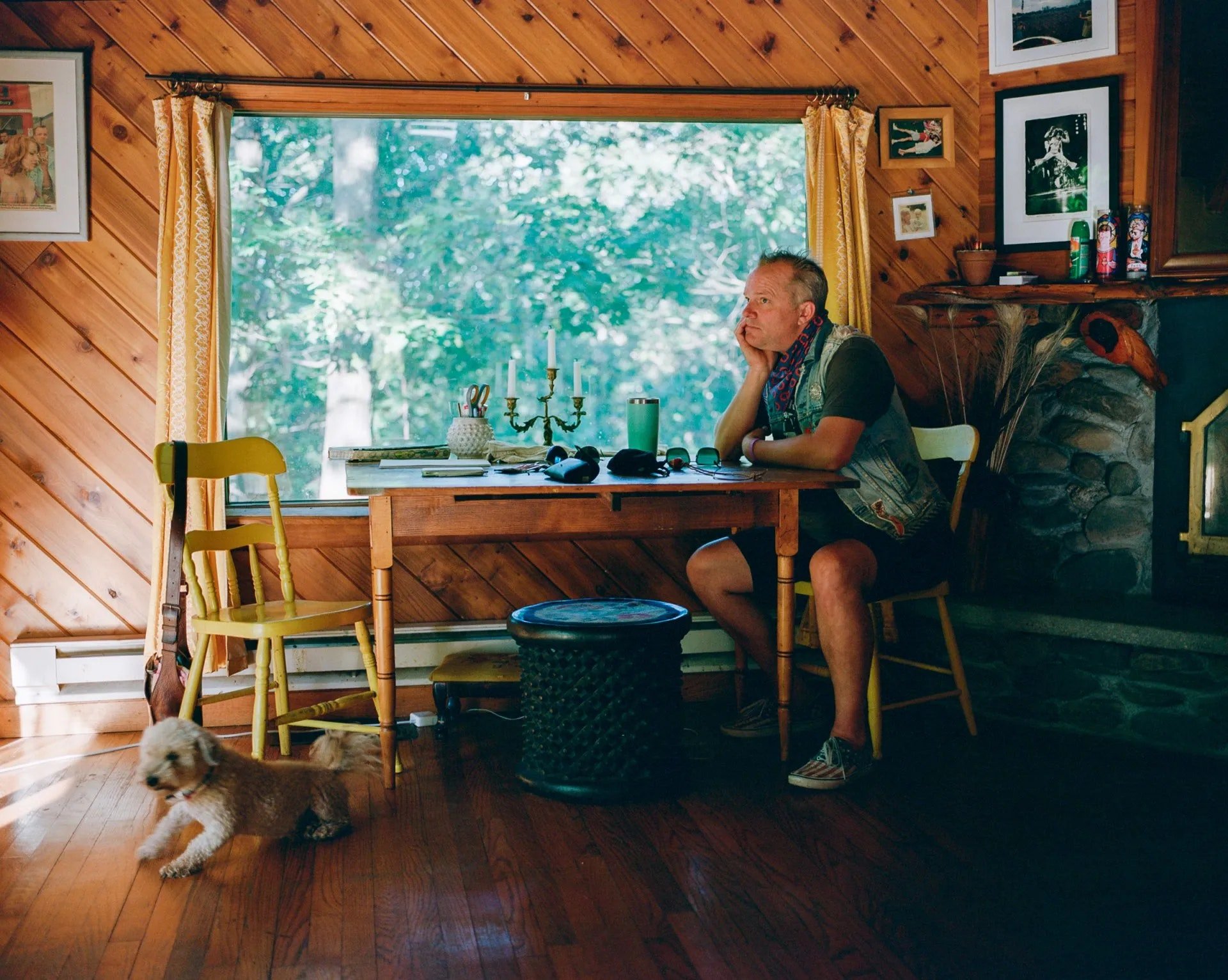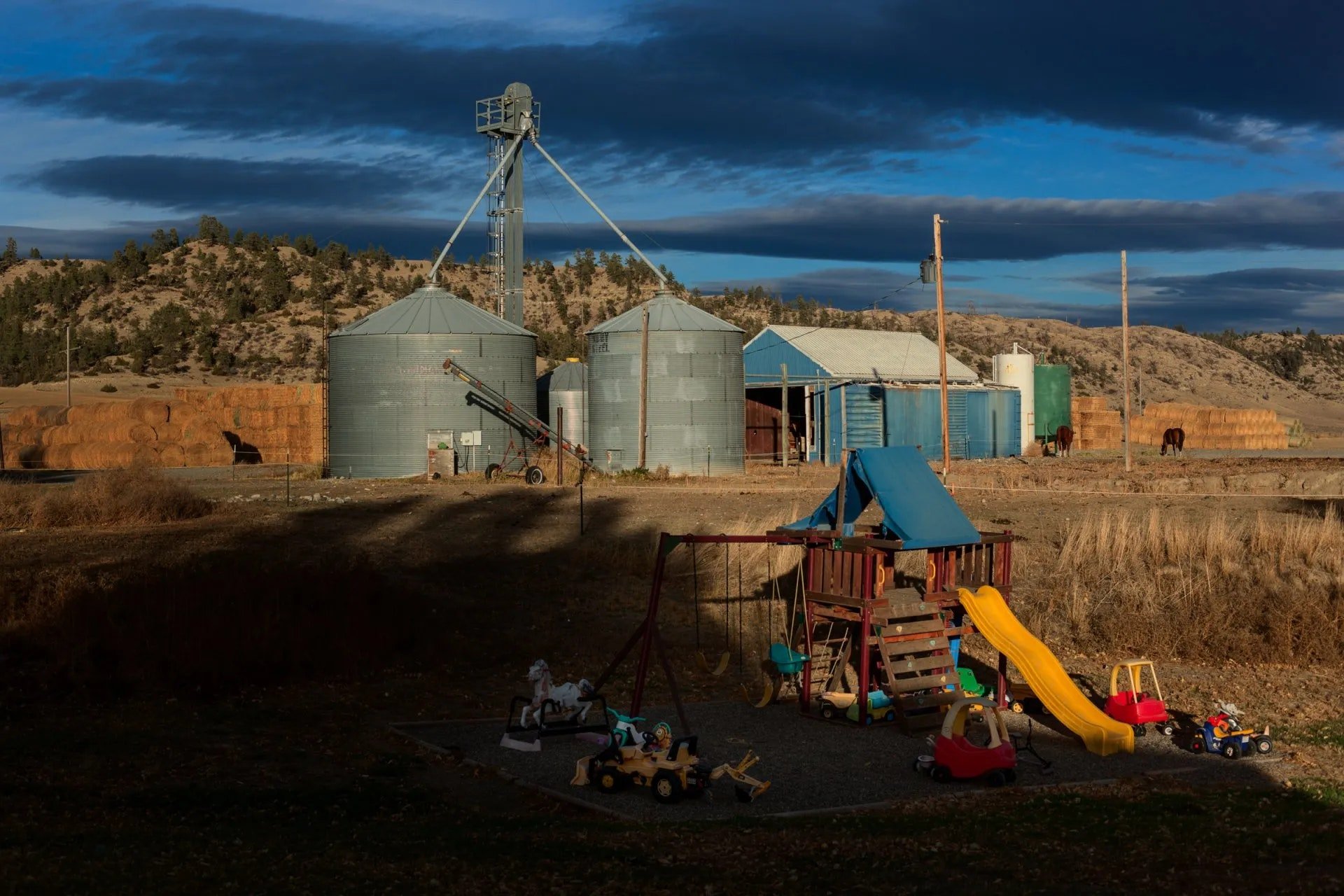On Understanding.
Photography by Richard Beaven
How does one understand other people?
How does one understand the world?
How does one understand oneself?
Photography by Richard Beaven
Understanding people.
How do you take a measure of a person? Is it possible to understand a person?
Here are some lines from literature that say it is difficult and may be impossible
“You get them wrong before you meet them, while you’re anticipating meeting them; you get them wrong while you’re with them; and then you go home to tell somebody else about the meeting and you get them all wrong again.
The fact remains that getting people right is not what living is all about anyway. It’s getting them wrong that is living, getting them wrong and wrong and wrong and then, on careful reconsideration, getting them wrong again. That’s how we know we’re alive: we’re wrong. Maybe the best thing would be to forget being right or wrong about people and just go along for the ride. But if you can do that — well, lucky you.”
From American Pastoral by Philip Roth
And let us say we get a person right which person of the many identities and moods of that person did we just get right?
“We cannot live with only one identity. We all have many identities, they are liquid”
Olga Tokarczuk. Polish Author and Nobel Prize Winner for Literature.
And as many writers state it is sometimes hard enough to know our selves.
“Sometimes you don’t know who you are till you put on a mask”
Alexander Chee in the Short Story “Girl” written in 2015
And do any of us want to be profiled and boxed and put into clusters? None of us wants to hear that somebody has our “number”. The poet TS Eliot best verbalizes this in a stanza from one of my favorite poems “The Love Song of Alfred J Prufrock”
And I have known the eyes already, known them all— The eyes that fix you in a formulated phrase,
And when I am formulated, sprawling on a pin,
When I am pinned and wriggling on the wall,
Then how should I begin to spit out all the butt-ends of my days and ways?
And how should I presume?
TS Eliot, “The Love Song of Alfred J Prufrock”
We do not want other people to impose their stories on our lives.
Photography by Richard Beaven
Understanding others.
Emotional Intelligence can help in understand our selves and others. It can bring meaning to an age of math and reduce the “algos” which in Latin means “pain” in the algorithmically tuned streams that colonize our minds.
In the book “Untangled: Guiding Teenage Girls through Seven transitions into Adulthood” is one of the best definitions of Emotional Intelligence I have come across:
“Seeing yourself from the outside and seeing others from the inside”
Empathy is another term we often use.
The deepest empathy maybe to understand that we can never completely really understand another person.
Photography by Richard Beaven
Understanding the world.
“We don’t see things as they are. We see them as we are” - Anonymous
In many ways what makes us “us”, in addition to our genetics and experiences, is what we put into our minds which include the books, movies, tv shows, music, social media streams, magazines and much more that we ingest as well as the people we meet and places we visit.
Today, the people we meet and the places we visit are very constrained and our portals to the world increasingly are screen based whether they be television, phone, tablet computer or Amazon Echo, Google Home and the ironically named Facebook Portal.
What are your portals to the world? And how do you make sure that you find ways to control them rather than have engagement and attention maximizing algorithms control them?
This is important because of the value we add and the way we make sense of the world incorporate three steps. 1) Curation. 2) Cogitation. 3) Communication.
Curation requires us to ingest a lot of information and then distill them down to parts we want to use and think about. We then cogitate and connect the dots and build a story, a thesis, and a point of view. We then find the best ways to communicate them.
But if the curation was not wide enough, deep enough, or mindful enough all the cogitating and communicating may have us following and promoting the wrong point of view.
Photography by Richard Beaven
Understanding through diversity.
To understand deeply one must explore widely:
a) Diversity of media types: The best thinking, ideas and expressions of people tend to span a spectrum of media types. Some people are comfortable expressing and sharing in long form writing like books or essays while others use music, film, or some other communication form. Spend time with the written word, film, interactive media, music and more. Today with the Internet there is no excuse not to look and learn far and wide.
b) Diversity of points of view: Incestuous inputs leads to still-born thinking. Unless one exposes oneself to different points of view one could end up being very surprised by the outside world. Look outside of our comfort zone, category, industry, or political and economic biases.
c) Diversity across time: History matters. Some folks like Ray Dalio of Bridgewater and many great investors and businesspeople are aware of and learn from patterns over time. The past is never the past but beats like a second heart inside each of us and within the DNA of any expertise, industry, or art form.
d) Diversity of people: Different people both provide support and push back on one’s perspectives and thinking and the cross-fertilization of ideas benefits from having different people interact. Companies and cultures that have melded the talents of different types have tended to do better than those that have not.
Photography by Richard Beaven
Understanding oneself.
A person in a different mood is sometimes more different than two different people.
Does a person stay the same or change over time?
Some of the best writing is about internal journeys of understanding and change over time.
Here from a variety of writers are some perspectives on understanding oneself:
“It’s not that we want to find who we are but exploring as to what we can be”
“But is the self we are always looking for or trying to escape”
“We are often trying on other lives… after all this is America where you can swap out the parts of yourselves that do not work”
“She was not what she had been”
Every person is an act of creation.
Re-inventing, re-imagining, and practicing a daily resurrection.
Maybe that is all one needs to understand.
Photography by Richard Beaven (a long time colleague and now a world class photographer among other things)
Photography by Richard Beaven
